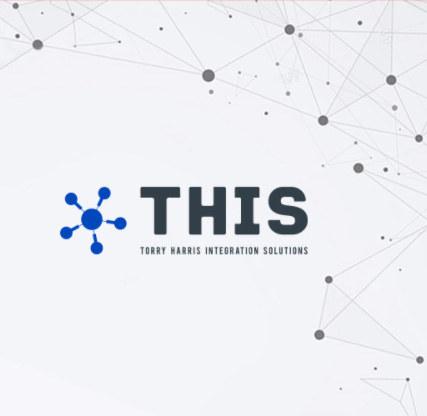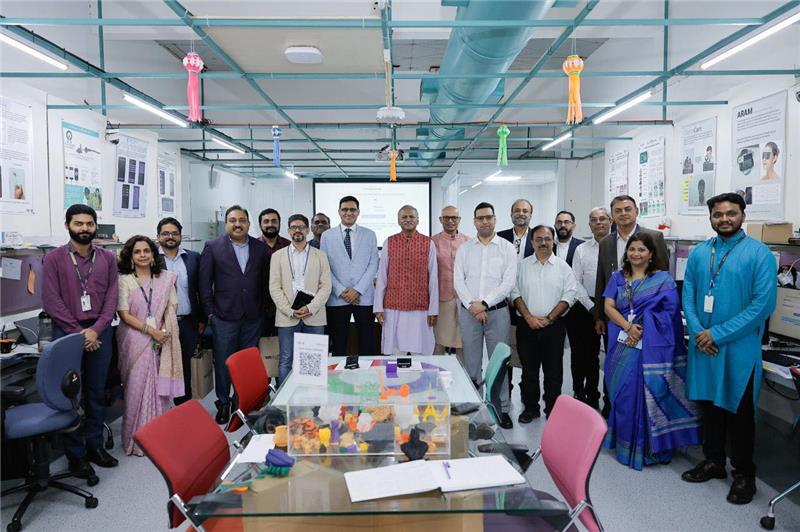Global Capability Centers (GCCs) have long outgrown their reputation as cost-saving back offices. It has now become the industry’s most obvious refrain, repeated so often that it risks sounding like a cliché, that over the past decade GCCs have transitioned into hubs for innovation, product development, and digital transformation. Within this larger success story, a new trend is taking shape: the rise of micro GCCs.
Enterprises increasingly need faster decision-making, sharper focus, and a safer way to experiment without committing to monolithic operating models. Micro GCCs, small, specialized centers with a tight mandate, are a pragmatic answer. They contain risk, shorten feedback loops, and allow leaders to only scale what works. The payoff isn’t cheaper delivery – it’s better decision-making. More importantly, it is about a series of smaller, calculated bets rather than one big, all-in-commitment.
What a micro GCC really is
- Digital pods – Small, multidisciplinary squads that include product owners, engineers, data scientists, SREs, and domain specialists - essentially everyone you’d want in the room when things break
- Hybrid human-AI workflows - Where copilots and automation handle repetitive work so people can focus on higher-order design, diagnosis, and iteration
Focus beats footprint
Large GCCs often mirror the parent enterprise, which can end up recreating the very complexity you’re trying to escape. Micro GCCs flip that logic – they target a single high-value domain such as fraud detection, customer engagement, or cloud migration.
This sharper focus reduces capital outlay and governance noise and makes capability maturity visible. When you focus a pod on one problem, patterns emerge faster, tooling starts to standardize, telemetry actually makes sense, and you can codify the playbook. That playbook becomes the real asset, because it can be cloned across business lines – or even turned into commercial offerings. Perhaps, one of the few times in business where copy-paste is encouraged.
A powerful, underused benefit of micro GCCs is commercialization. When a pod repeatedly solves the same problem, the solution hardens into IP that can be packaged. In life sciences, Eli Lilly turned its AI-powered clinical trial platform into a commercial SaaS product, accelerating trials beyond internal use. This is not a side effect, it is a strategy – build once for efficiency, shape it for external fit and create a non-linear return on the original investment.
Further, pods are where agility meets depth. They own a business outcome, not just a backlog. Standard Chartered’s India GCC shows what this looks like at scale. By deploying an AI-driven DevOps pipeline, they cut release cycles by roughly 40 percent while improving resilience, a classic pod outcome, faster value delivery without trading reliability. The lesson is simple, autonomy with strong guardrails beats central orchestration for most change programs.
What 2030 might look like
By 2030, leading GCCs will operate as AI-first platforms. Human-AI hybrid teams will compose solutions from a library of shared services, agents, and data products. Observability, compliance, security, and FinOps will be built into the platform – not debated endlessly on a project-by-project basis.
Micro GCCs are set to drive this shift. Because they are smaller and mission-led, they can adopt agentic patterns early, prove value on one domain, and then scale the pattern horizontally, from risk models to customer marketing to field operations – basically everywhere the bigger GCCs will eventually claim they were headed all along
Why India is the natural base for micro GCCs
- Talent density: Deep STEM pools in Bengaluru, Hyderabad, and Pune support niche skills, from applied ML to SRE to platform engineering
- Ecosystem collaboration: Mature partnerships with startups and universities make it easier to co-create, test with real data, and hire for the exact capability you need
- Cost-agility balance: You can stand up a 10- to 50-person unit quickly, instrument it with strong SLAs and telemetry, and expand only when the model proves repeatable
- Policy and infrastructure: Continued investment in digital public goods and supportive regulations lower friction for data-driven work while keeping compliance in view
How to design a micro GCC that actually delivers
- Start with a single, high-leverage problem, not a broad charter. Pick a domain with measurable value and high incident cost, such as fraud false positives or failed releases
- Make the pod accountable for an outcome, for example, reduce cycle time by 30 percent with a quality floor, not for activity volume
- Instrument from day one. Observability, test data hygiene, and deployment telemetry are non-negotiable. You cannot improve what you cannot see
- Build a reusable spine. Standard pipelines, common data contracts, shared feature flags and reference architectures to replicate success for the next use case
- Adopt hybrid human-AI work patterns. Use copilots for code, tests, and diagnostics, but keep human judgment at the loop closures. AI is an accelerator, governance is the safety harness
The bottom line
Next-generation GCCs will be judged by the basics done exceptionally well. They will ship faster, break less, and show value with clear metrics that the business recognizes. Micro GCCs are the most practical path to that future. They let you start small, learn quickly, and scale what works. With digital pods and hybrid human-AI workforces at the core, enterprises can convert focused execution into durable advantage. And with India’s ecosystem as the operating base, the model gains the edge, speed, talent leverage, and ecosystem reach from day one.
That said, not every micro GCC will succeed just by virtue of being small. Focus without alignment can become a silo. Agility without governance can breed chaos. And AI without clear oversight risks creating as many problems as it solves. The lesson is clear: micro GCCs are powerful, but they must be built with discipline, guardrails, and a clear link to enterprise priorities.
The smarter choice is not between a large GCC or none at all. It is to start micro, build repeatable capability, and let results, not org charts, decide what gets scaled.
Visit Our News section and follow us on LinkedIn and Twitter
Author Details

Torry Harris Integration Solutions
Digital transformation agency







